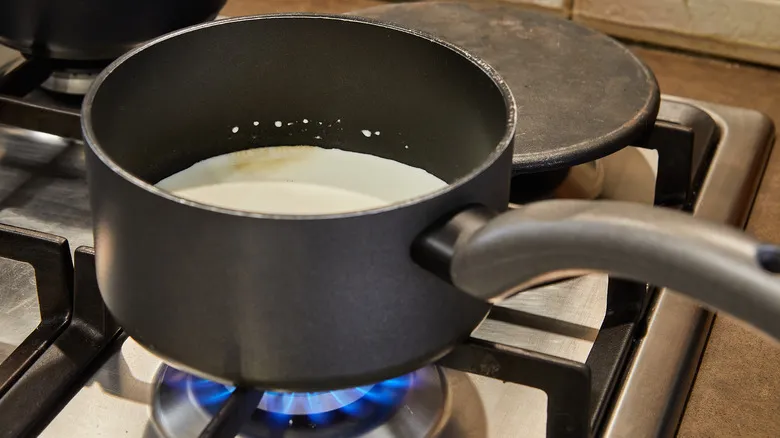It can help your dough rise
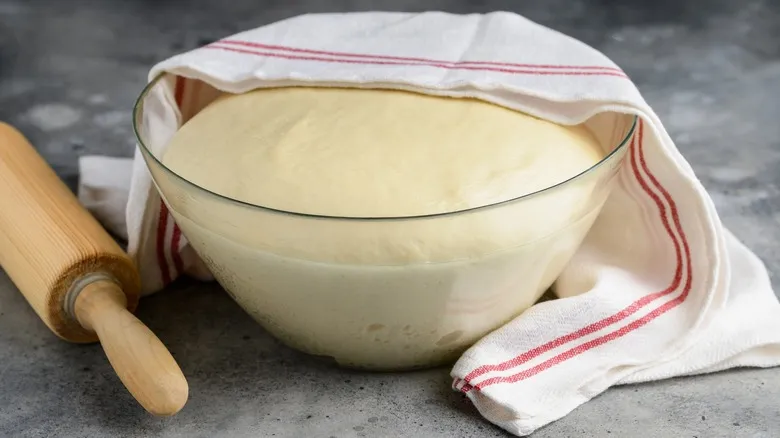
Are your rolls tough and lacking life? Do those buns stubbornly refuse to rise? The culprit might be the temperature of your milk. While milk is a crucial ingredient in many baking recipes, it contains whey proteins that can hinder gluten development—the protein responsible for the shape and texture of rolls and bread. However, when you scald milk, these whey proteins become weakened, making it less likely for them to interfere with gluten formation in your recipes. Thus, scalding your milk is an essential step for recipes that require strong gluten development.
For instance, rolls and milk-based breads depend on proper gluten formation to achieve their spongy and airy qualities. After all, no one wants a flat or dense roll. Therefore, scalding your milk before adding it to recipes like these could be the secret to achieving the perfect, fluffiest texture in your next baking endeavor.
It aids in the infusion of flavors

Scalded milk is not only beneficial for breads and rolls; it also plays a crucial role in making ice cream, custard, and pudding. In these recipes, scalded milk is particularly effective for infusing flavors.
You might be curious why many ice cream recipes include scalded milk, as it seems unusual for cold dishes to require hot ingredients. Some even argue that this step is unnecessary. However, if you want to enhance the flavor of your ice cream (or custard), it's essential to scald your milk (or cream).
The reason for this is that heating the milk allows flavors to infuse more thoroughly. By adding a stick of cinnamon, a sprig of lavender, or some vanilla bean to scalded milk, you can fully extract the flavors from these ingredients, resulting in a more delicious ice cream, custard, or pastry cream.
It may save you time
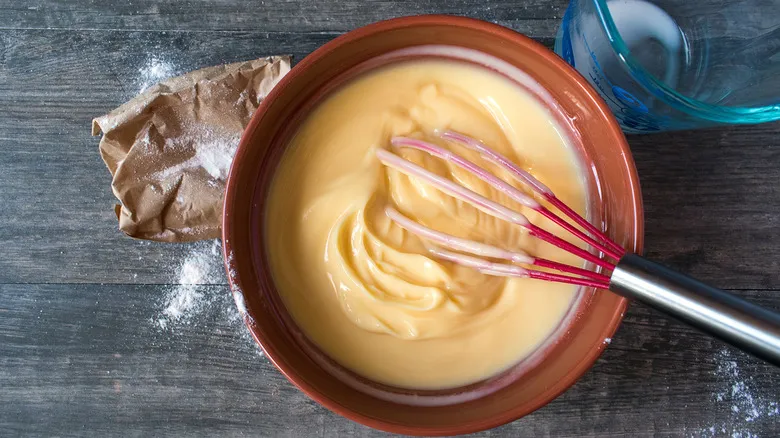
In addition to enhancing gluten development and flavor, scalding milk can significantly streamline your next baking or cooking endeavor. If your recipe requires melted butter or fully dissolved sugar, using warm milk is an excellent choice. Essentially, scalded milk facilitates the melting of your ingredients as you mix them together. The heat from the milk quickly melts the butter, while the elevated temperatures promote increased molecular movement in both the milk and sugar, making it easier for the sugar to dissolve in the liquid. This is why it's advisable to add sugar to your hot coffee before incorporating cream, as sugar dissolves more effectively in hot liquids.
Therefore, rather than melting your butter and sugar separately, you can simply combine them with your scalded milk, saving time and improving your cooking efficiency. Moreover, using warm milk can accelerate the rising of your dough and reduce baking time.
It can improve the texture

Heating your milk to scalding won't just result in fluffy rolls, deliciously flavored ice cream, and reduced kitchen time; it can also help prevent curdling in your pudding recipes.
Pudding recipes often include eggs that need to be cooked. Scalding the milk aids in this process while enhancing the texture of the final dish. Gradually adding ingredients to the hot milk helps to thin the eggs, preventing the proteins from seizing and forming lumps. Scalded milk cooks the eggs more gently, avoiding other textural issues. Since the goal is to gradually raise the temperature of the eggs, it's crucial to incorporate only a small amount of milk at a time until the eggs are fully warmed. Otherwise, you risk curdling your pudding.
So, whether you're aiming for a perfectly smooth classic vanilla pudding, a soft batch of rolls, a creamy bowl of yogurt, or a delightful scoop of homemade ice cream, be sure to grab that saucepan and start scalding!
Recommended
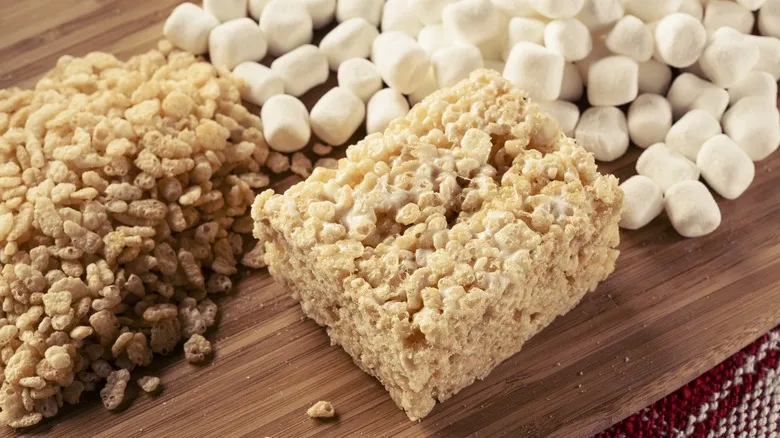
Make Richer Rice Krispie Treats With One Invisible Canned Ingredient
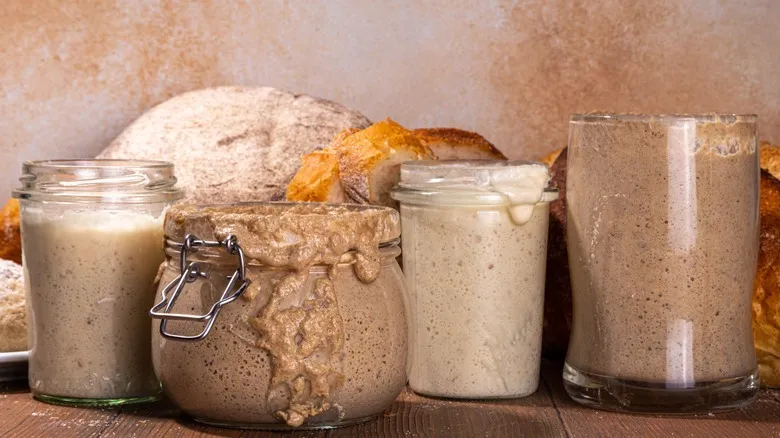
What's The Best Flour To Use For Your Sourdough Starter?
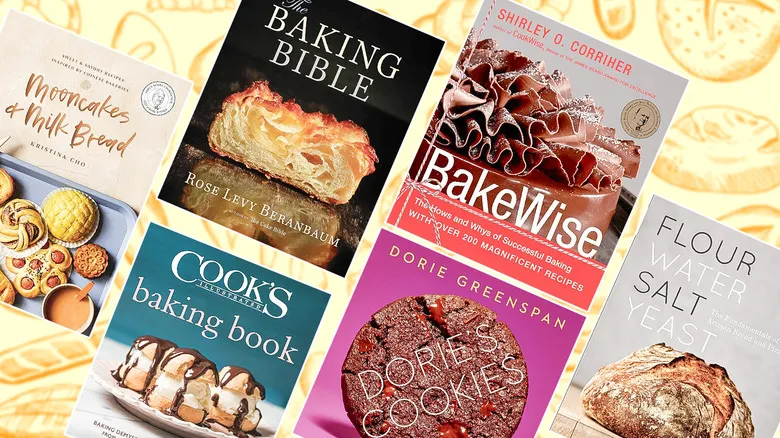
The 14 Best Cookbooks Every Baker Needs To Know

Swap The Water In Your Focaccia With Marinara Sauce And Never Look Back
Next up

